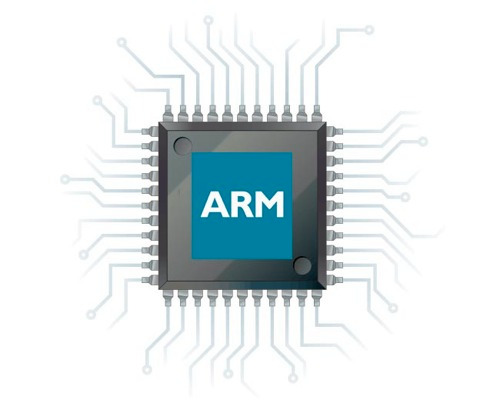Differences
This shows you the differences between two versions of the page.
|
ass:cursuri:01:theory:00 [2023/07/16 18:02] florin.stancu created |
ass:cursuri:01:theory:00 [2023/07/16 18:05] (current) florin.stancu [Processors, Chips and Systems] |
||
|---|---|---|---|
| Line 11: | Line 11: | ||
| For these reasons, we rarely see CPUs alone in the wilderness. More often, they are integrated -- either soldered or socketed -- into **Printed Circuit Boards** (PCBs) which integrate all of those extra components. This makes **a computing system**. | For these reasons, we rarely see CPUs alone in the wilderness. More often, they are integrated -- either soldered or socketed -- into **Printed Circuit Boards** (PCBs) which integrate all of those extra components. This makes **a computing system**. | ||
| - | Which brings us to the latest idea: the [[https://www.engineersgarage.com/what-is-an-soc/|**System-on-Chip** (SoC)]], which goes all in on the miniaturization trend and tries to include as much of these pieces into a single sillicon package. This made devices such as smartphones possible! | + | Which brings us to the latest idea: the **[[https://www.engineersgarage.com/what-is-an-soc/|System-on-Chip (SoC)]]**, which goes all in on the miniaturization trend and tries to include as much of these pieces into a single sillicon package. This made devices such as smartphones possible! |
| Note that a PCB is still necessary to solder the SoC on (since it's pretty fragile on its own), mainly due to the fact that we need its small pins exposed as connectors to enable communication with the outside world! Hence, the **Single Board Computer** (SBC) category is often used for describing such computers (although the majority of boards make up the innards of various commercial electronic products). | Note that a PCB is still necessary to solder the SoC on (since it's pretty fragile on its own), mainly due to the fact that we need its small pins exposed as connectors to enable communication with the outside world! Hence, the **Single Board Computer** (SBC) category is often used for describing such computers (although the majority of boards make up the innards of various commercial electronic products). | ||
| Line 32: | Line 32: | ||
| * The **Power PC** ISAs, developed by a Apple-IBM-Motorola alliance and, most notably, used for the original Machintoshes (which have switched to Intel for some long time); | * The **Power PC** ISAs, developed by a Apple-IBM-Motorola alliance and, most notably, used for the original Machintoshes (which have switched to Intel for some long time); | ||
| * **RISC-V**: a somewhat newer, Open-Source ISA, it's less popular than its competitors, though it's receiving a lot of love from ongoing research projects, so it might see a bright future ahead; | * **RISC-V**: a somewhat newer, Open-Source ISA, it's less popular than its competitors, though it's receiving a lot of love from ongoing research projects, so it might see a bright future ahead; | ||
| - | * And finally, we introduce the main subject: the ''ARM'' family! As we describe it more thoroughly in the next section, suffice to say: it's the de-facto standard for embedded and mobile computing, especially in low power applications! | + | * And finally, we introduce our main focus: the **ARM** family! As we describe it more thoroughly in the next section, suffice to say: it's the de-facto standard for embedded and mobile computing, especially in low power applications! |

